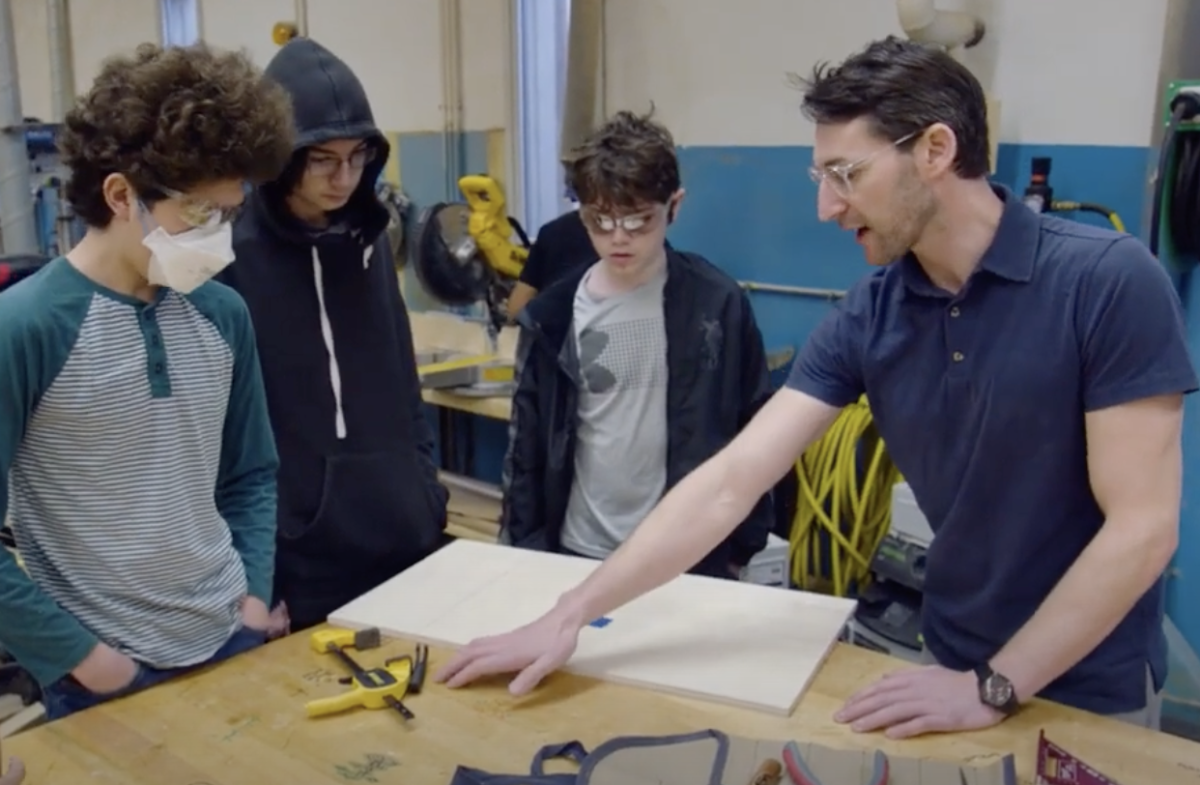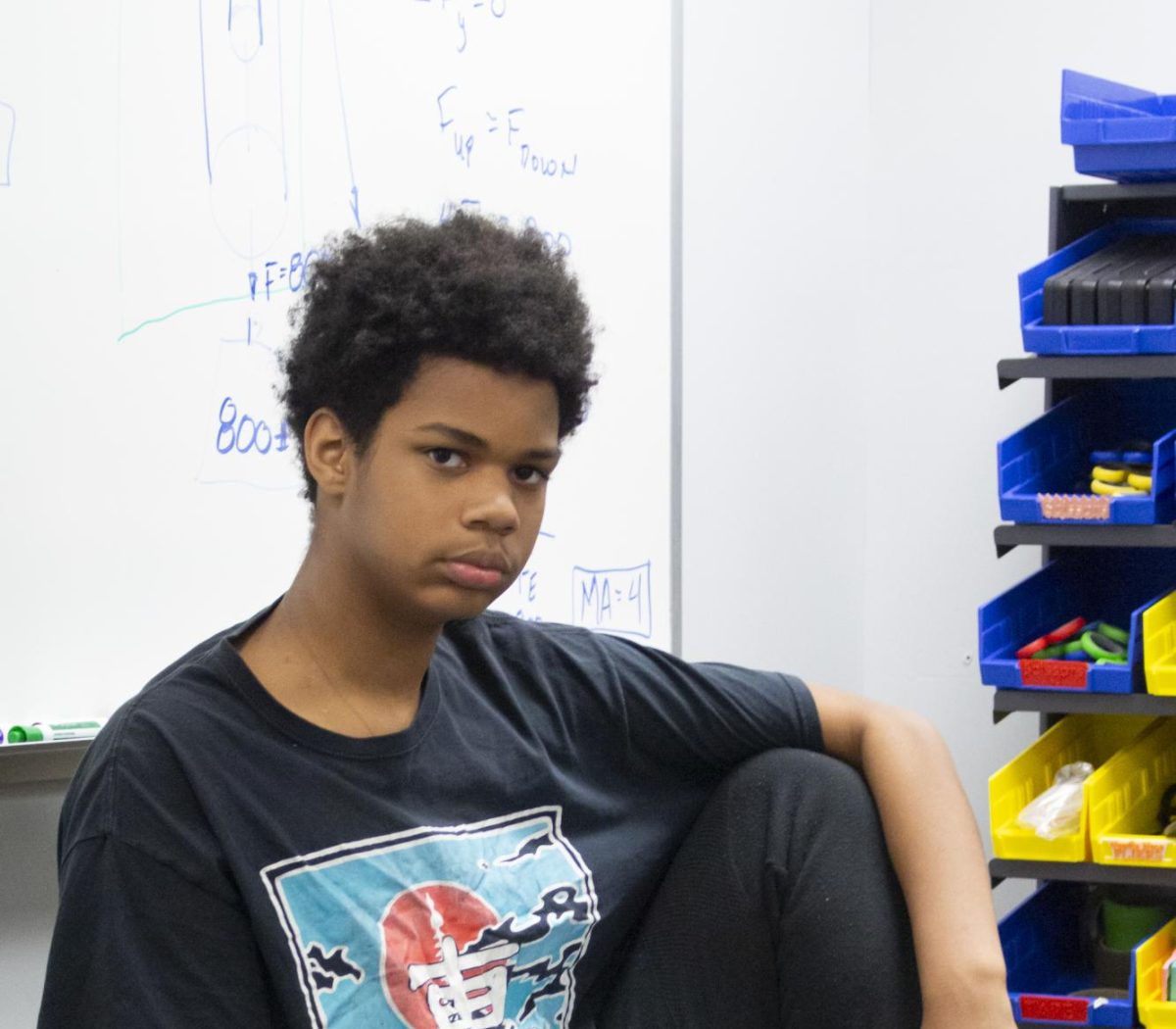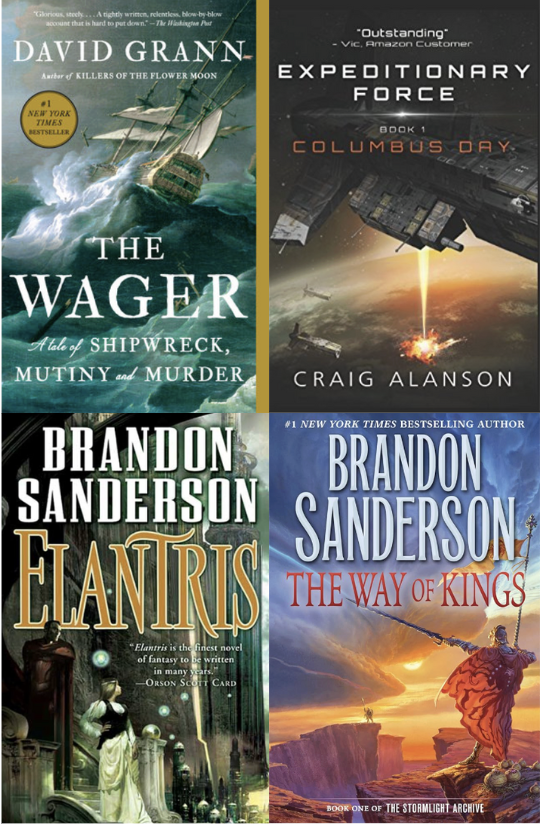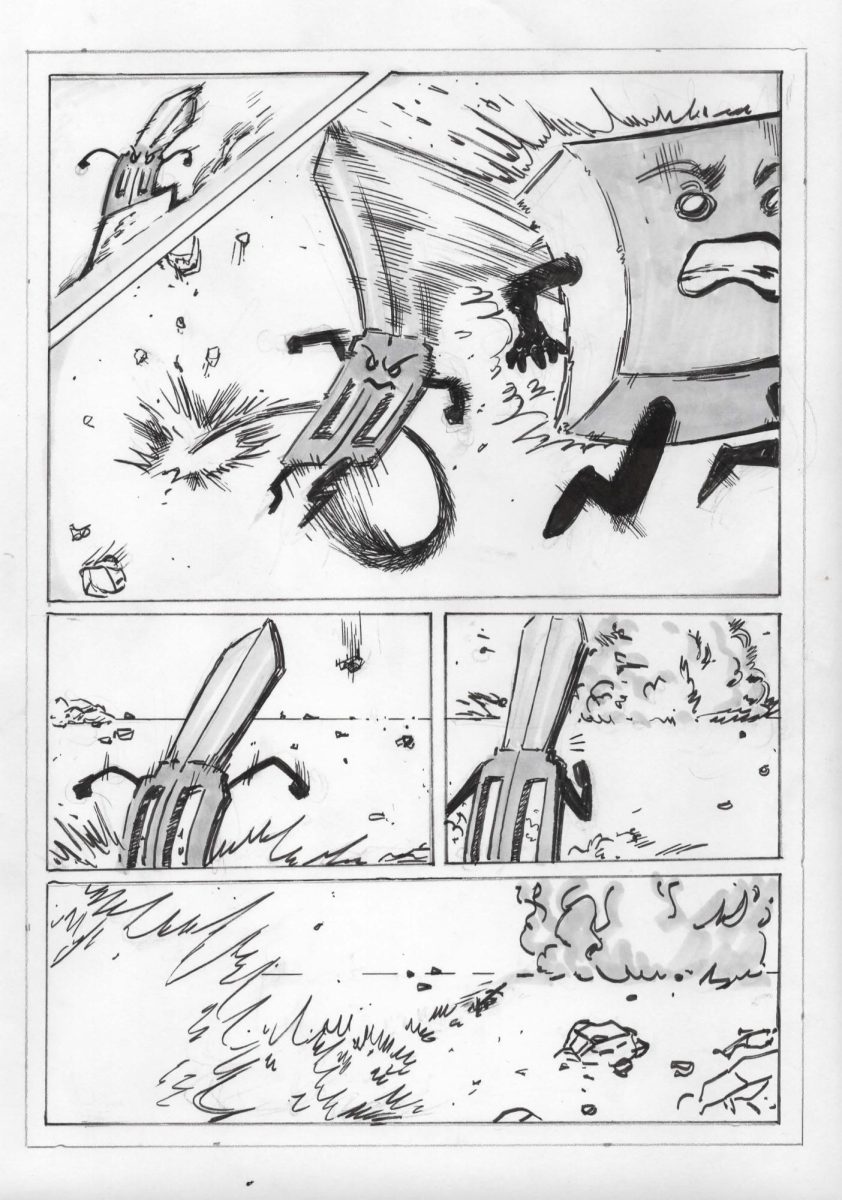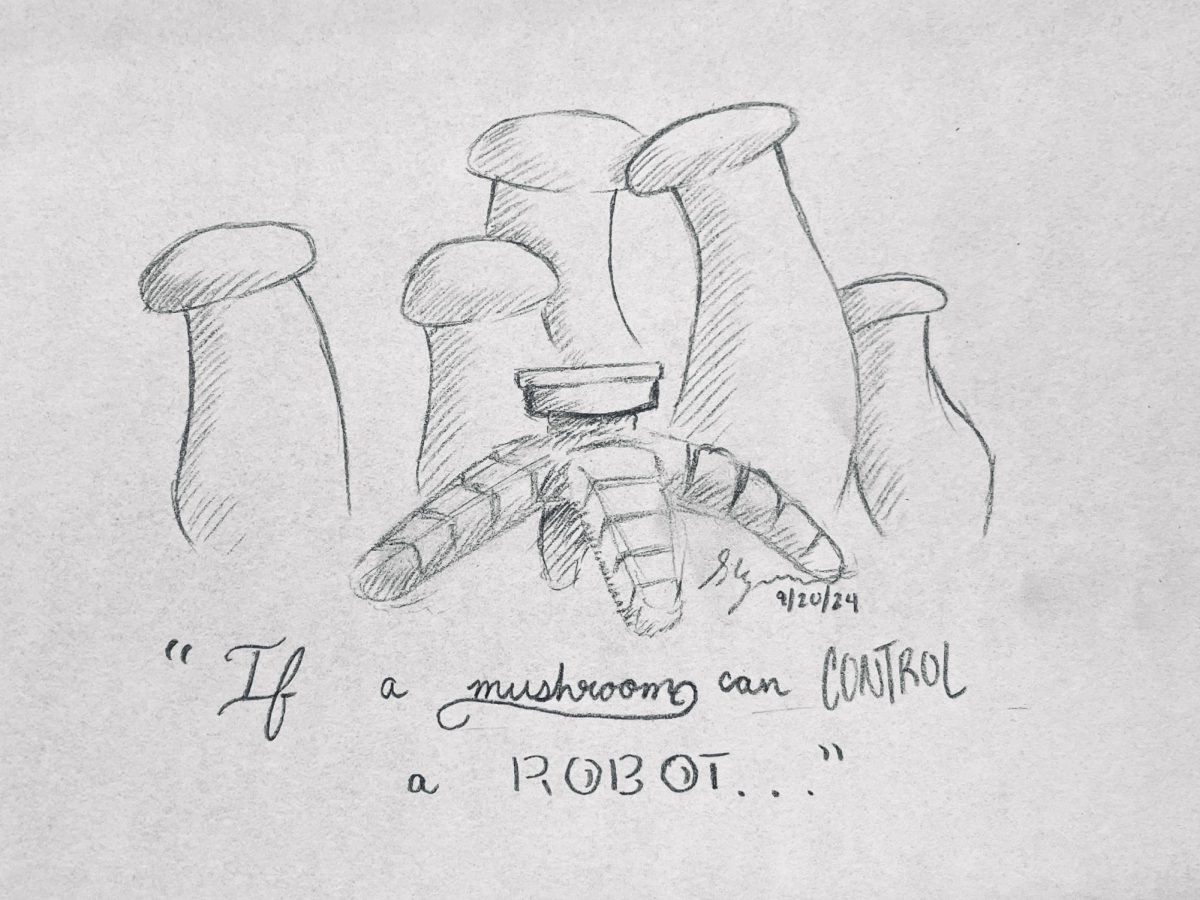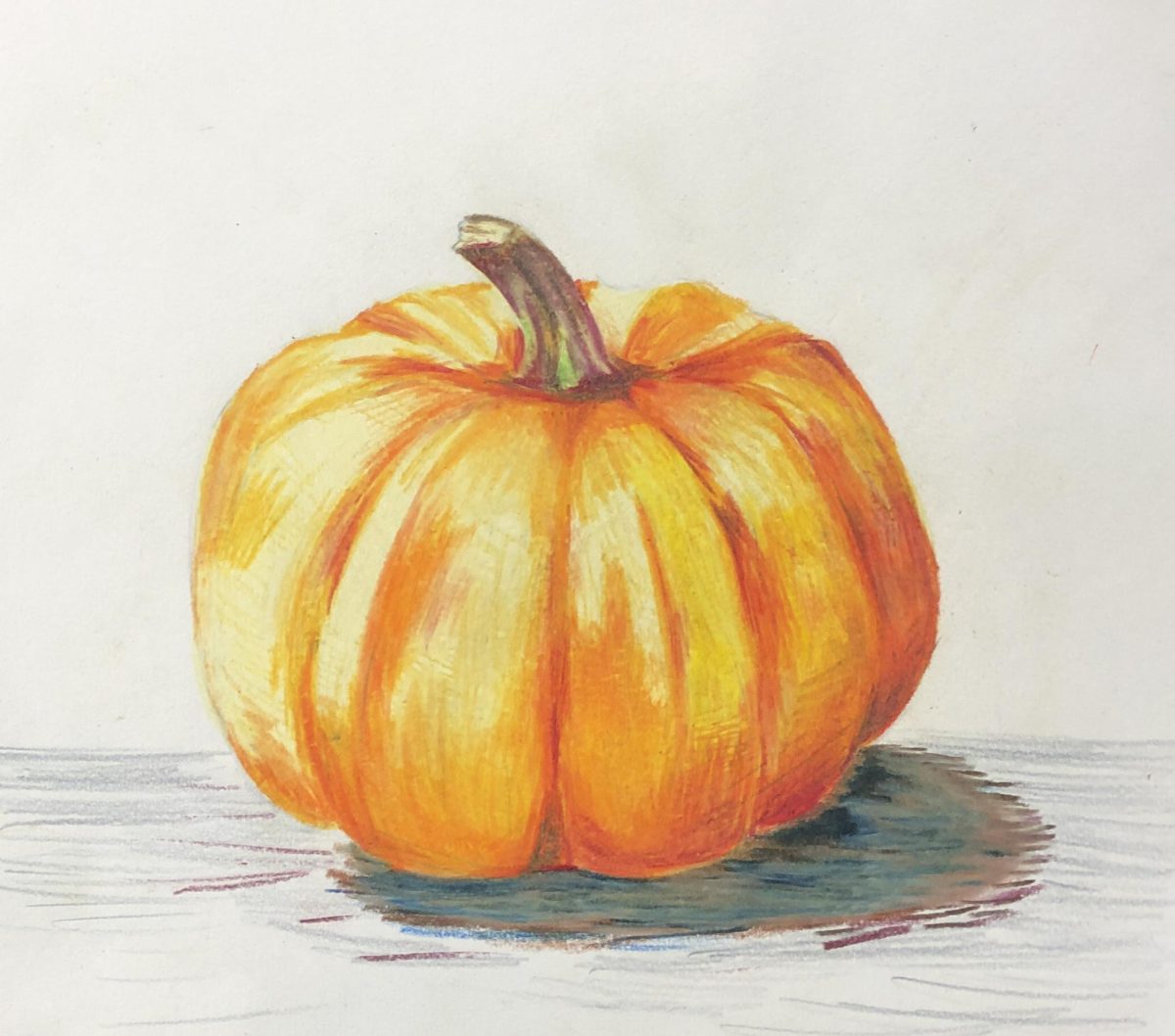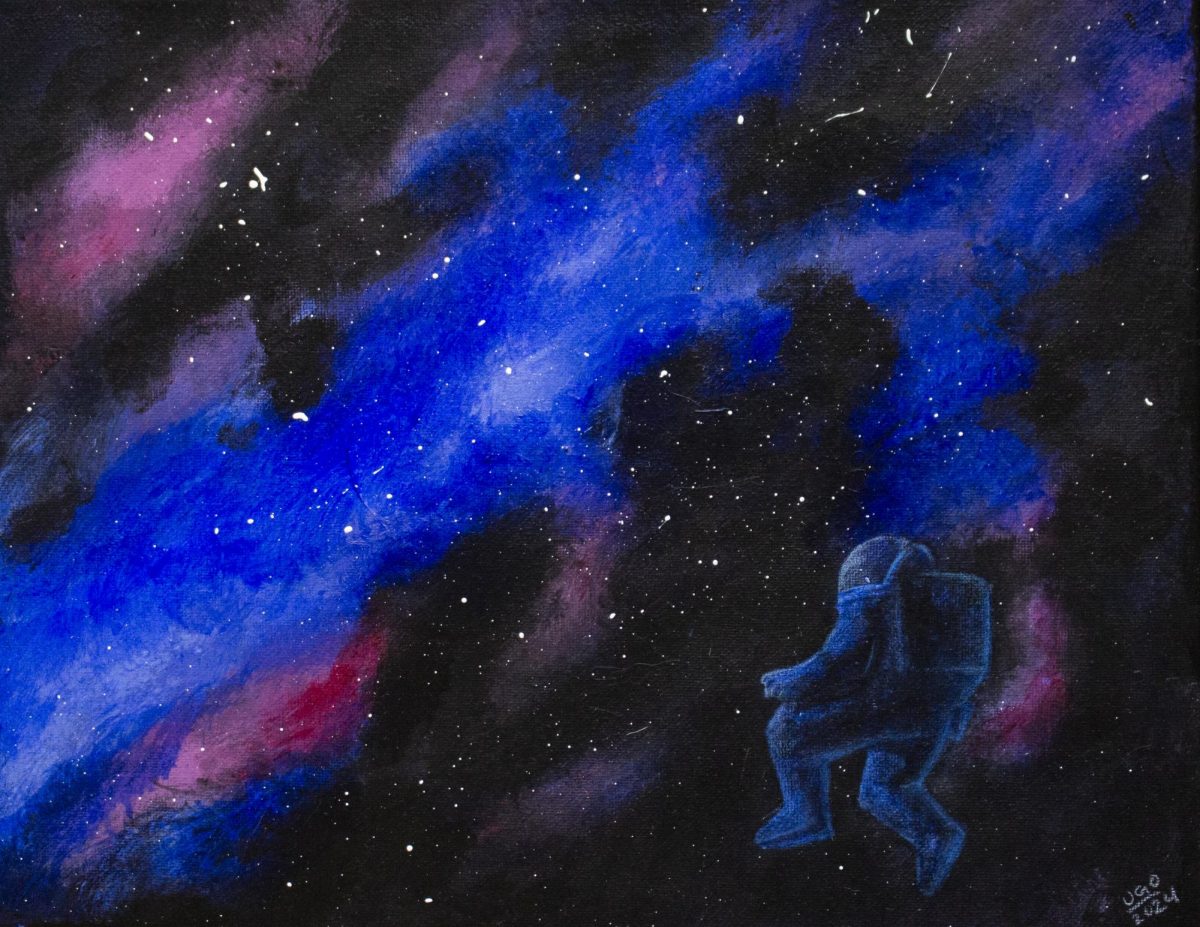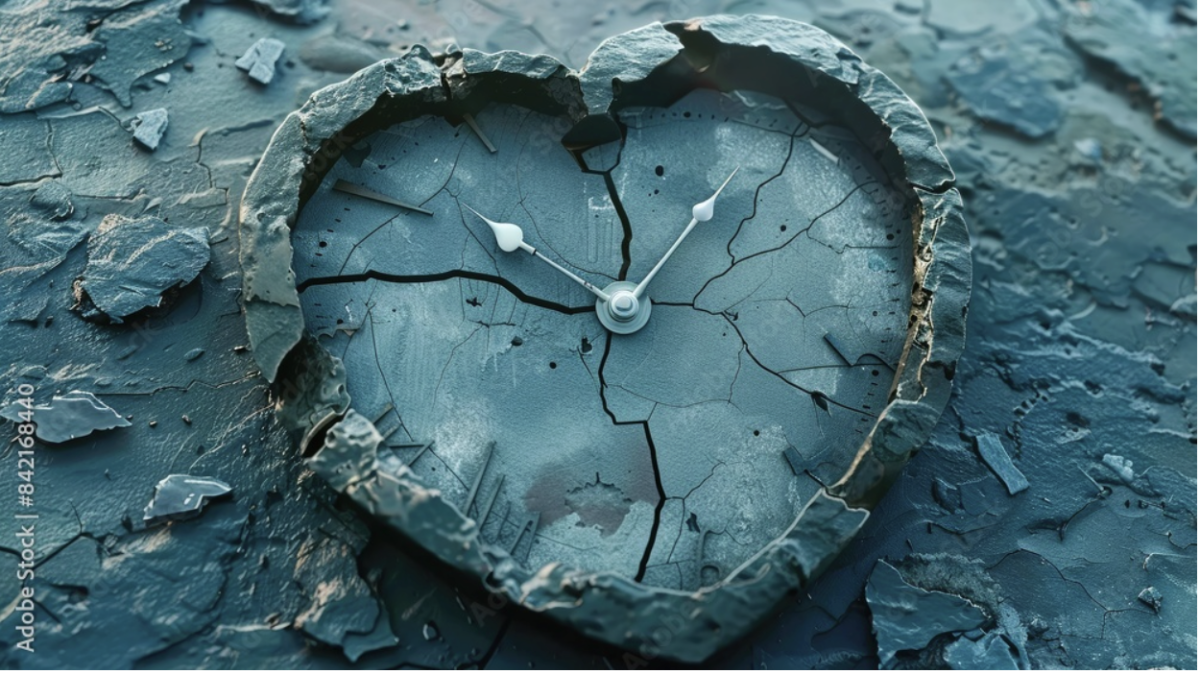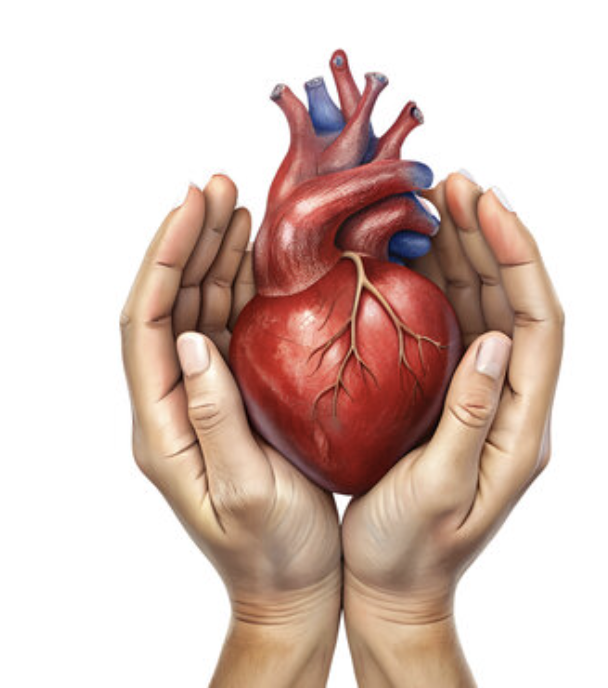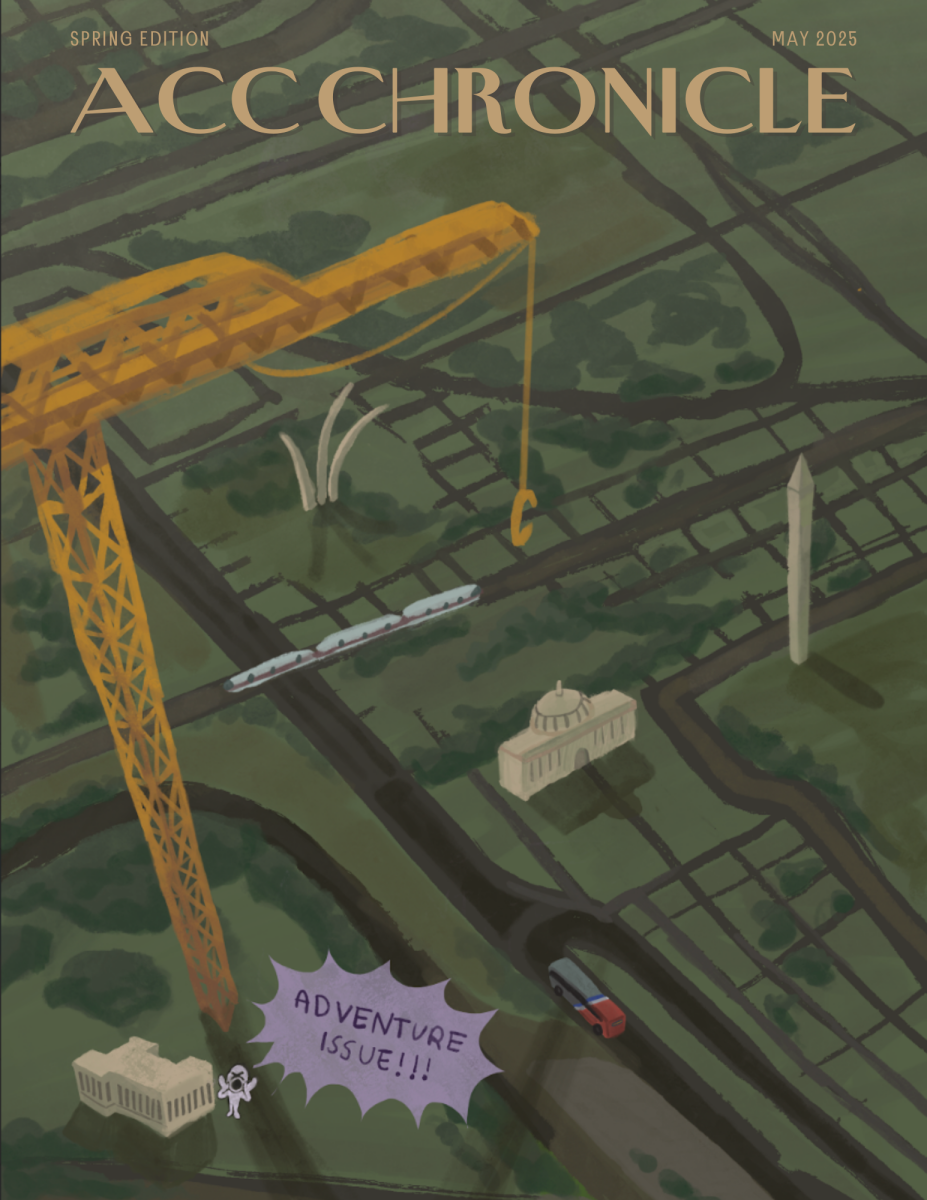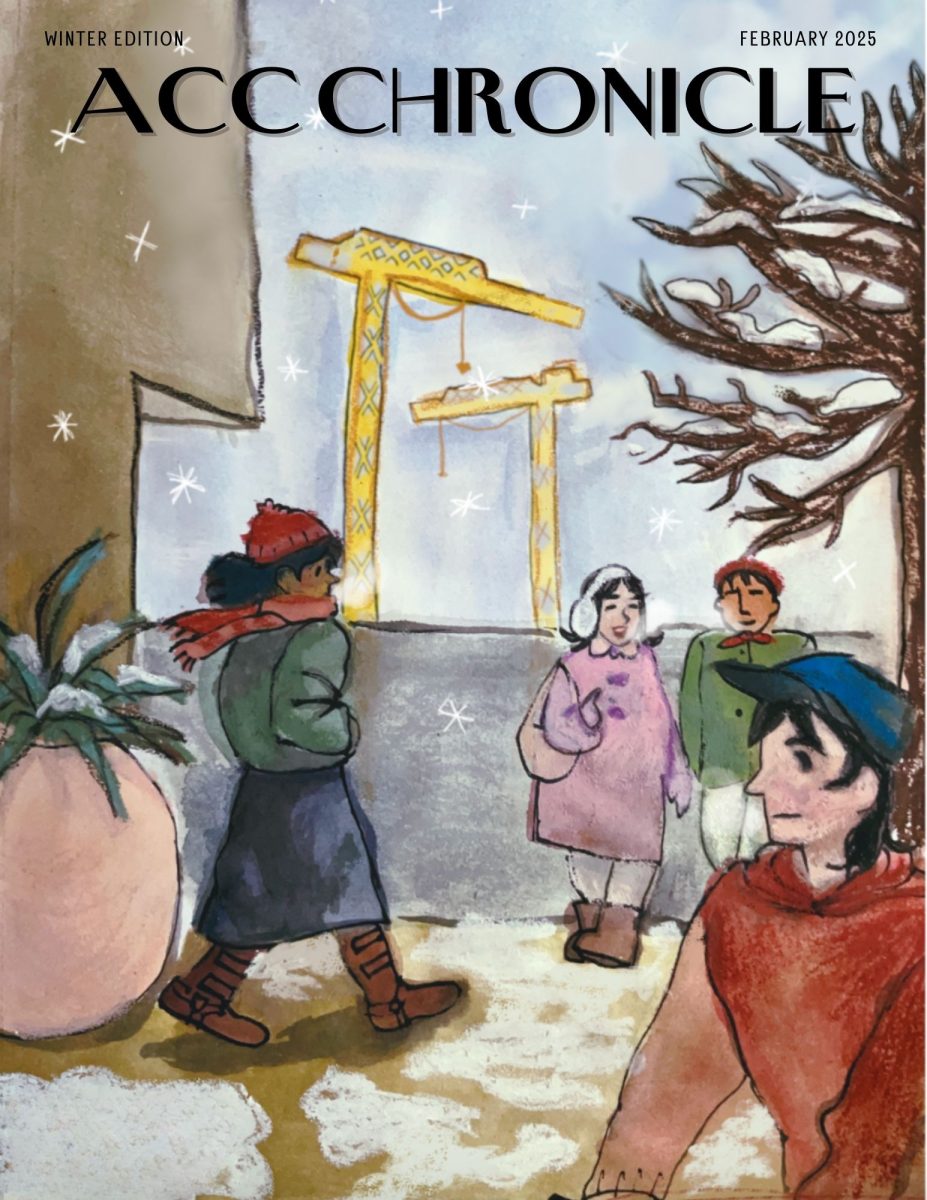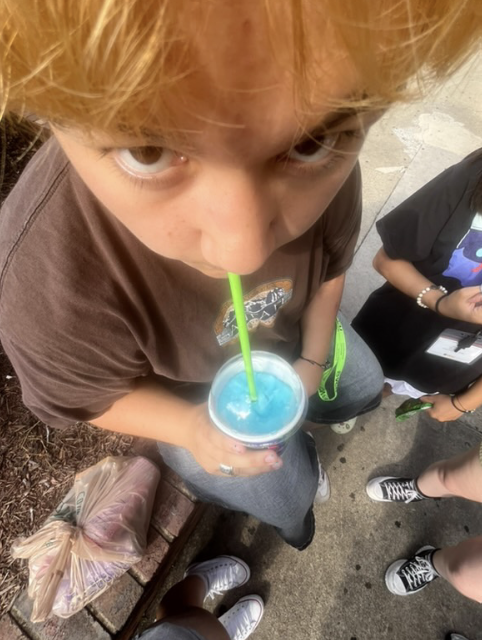While the National Gallery of Art located in D.C. is a well known museum, especially to APS students, there are numerous interesting exhibitions and paintings that they may not be aware of. One of which being the four-part series of paintings known as The Voyage of Life created by Thomas Cole in 1842 during a time of American expansion. For a quick overview, Thomas Cole, 1801-1848, was an English American painter born in England, but raised in New York. He is known for his vivid landscapes of the American wilderness that feature a romantic artistic style. Now let’s dive into what makes his The Voyage of Life so special.
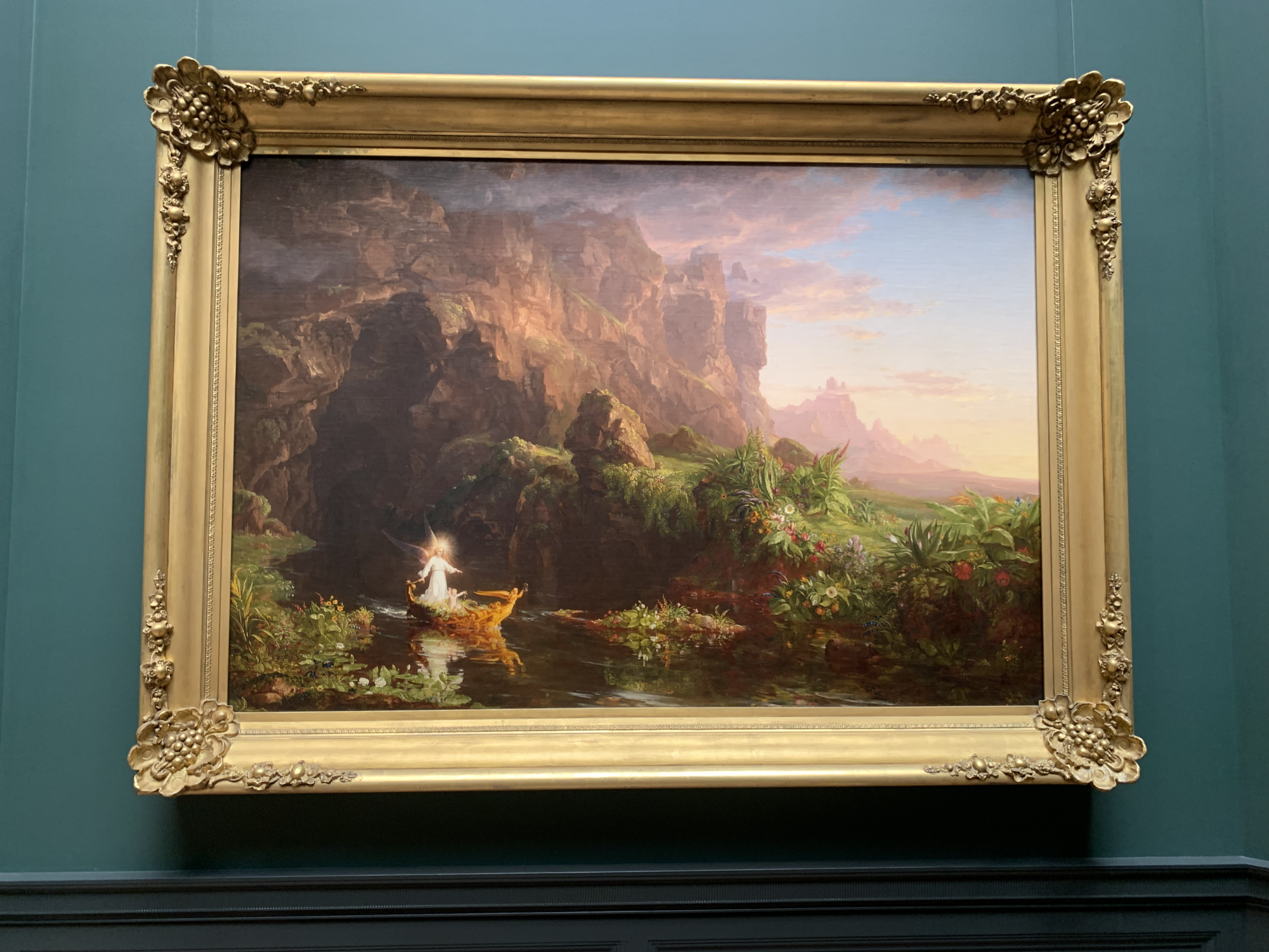
The first painting is titled The Voyage of Life: Childhood. It depicts an angel and a baby on a canoe exiting a cave at the bottom of a mountain. These characters are displayed in all four paintings, with the human known as the Voyager aging in between each painting. In his texts accompanying each painting, Cole described “The close banks, and the limited scope of the scene indicate the narrow experience of Childhood, and the nature of its pleasures and desires.” Through The Voyage of Life: Childhood, Thomas Cole successfully represents the simplicities and contrasting complexities of life.
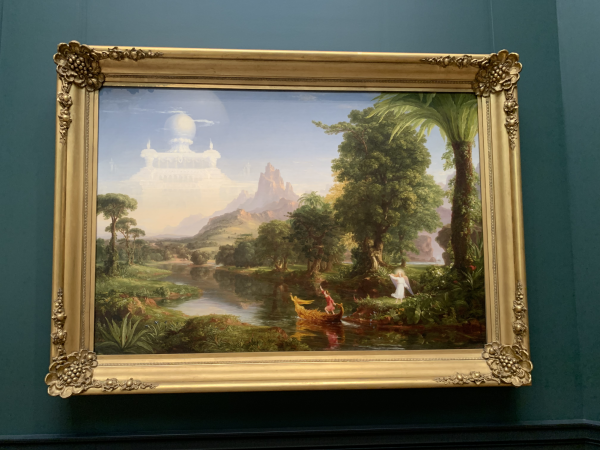
Titled The Voyage of Life: Youth is the second painting in Cole’s four-part series. The view in which the Voyager sees the world has changed since its Childhood: as his world has grown, there is more for him to explore. In this painting the Angel is no longer on the boat so the Voyager must guide himself, forge his own path and find the way on his own. There are carvings on the boat meant to portray the Figures of the Hours, otherwise known as the Horae in Greek mythology. The biggest difference in this painting is the cloud textured castle the Voyager seems to be reaching towards. Cole explains the castle “is emblematic of the day-dreams of youth, its aspirations after glory and fame; and the dimly-seen path would intimate that Youth, in his impetuous career, is forgetful that he is embarked on the Stream of Life…” Youth portrays the wonder and naivety experienced by the young adult as it navigates the grand world before them.
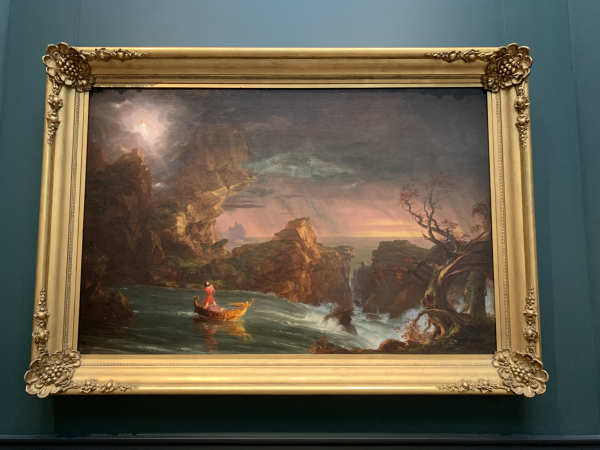
The Voyage of Life: Manhood, created in 1840, is a much more dramatic painting. However, while some might call it dark, others might say it is realistic as the world tends to get darker the more you learn about it. The world is stormy and the Angel, formerly close to the Voyager, is now in the sky, distantly watching over the Voyager on his journey. However even in immense darkness, there is light and hope. Cole says “The upward and imploring look of the voyager, shows his dependence on a Superior Power, and that faith saves him from the destruction that seems inevitable.” This, along with other details, led viewers to believe that the series is linked to the story of Christ and Christianity overall. As students we don’t know everything and don’t hold all the cards of life yet, but as we are handed more and grow, we can’t forget to maintain hope and resilience to prepare ourselves for challenges ahead.
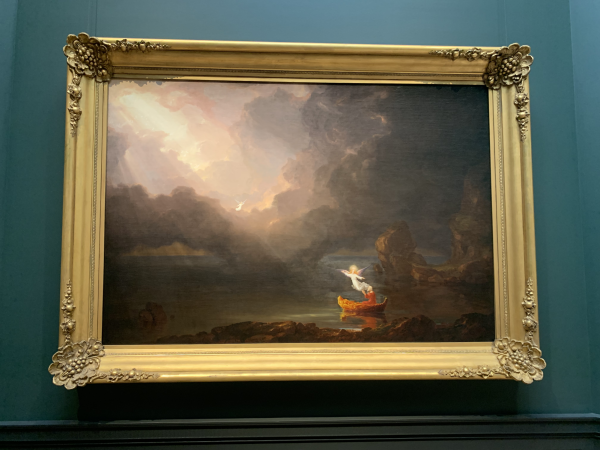
That light is depicted in the last painting called The Voyage of Life: Old Age. In this part the boat has been damaged by the storm, and the Voyager is an old man, damaged by life. In Old Age Cole shows how “The chains of corporeal existence are falling away; and already the mind has glimpses of Immortal Life.” As the Voyager heads towards Heaven he is guided by his formerly invisible Guardian Spirit. The Angel remains in the sky, waiting for him. I’d like to believe that everyone has a Guardian Spirit, whether it is visible to the human eye or not. It could also be a type of energy protecting you represented physically in a loved one. It’s important to know that we’re never alone, even when we appear to be standing on our own.
For The Voyage of Life, there are numerous perspectives in which you can analyze it. Some view the series as an illustration of the Christian doctrine while others see it as a visual for America during that time as the country was still developing. All in all, these four paintings depict a journey every human experiences: exploration of a new world, struggle with the world’s ruthlessness, and a race against Time. I would say we’re currently in a mix of all three as we navigate high school and beyond and deal with the present difficult times. However, as long as we stay hopeful like the Voyager, we can persevere.






















